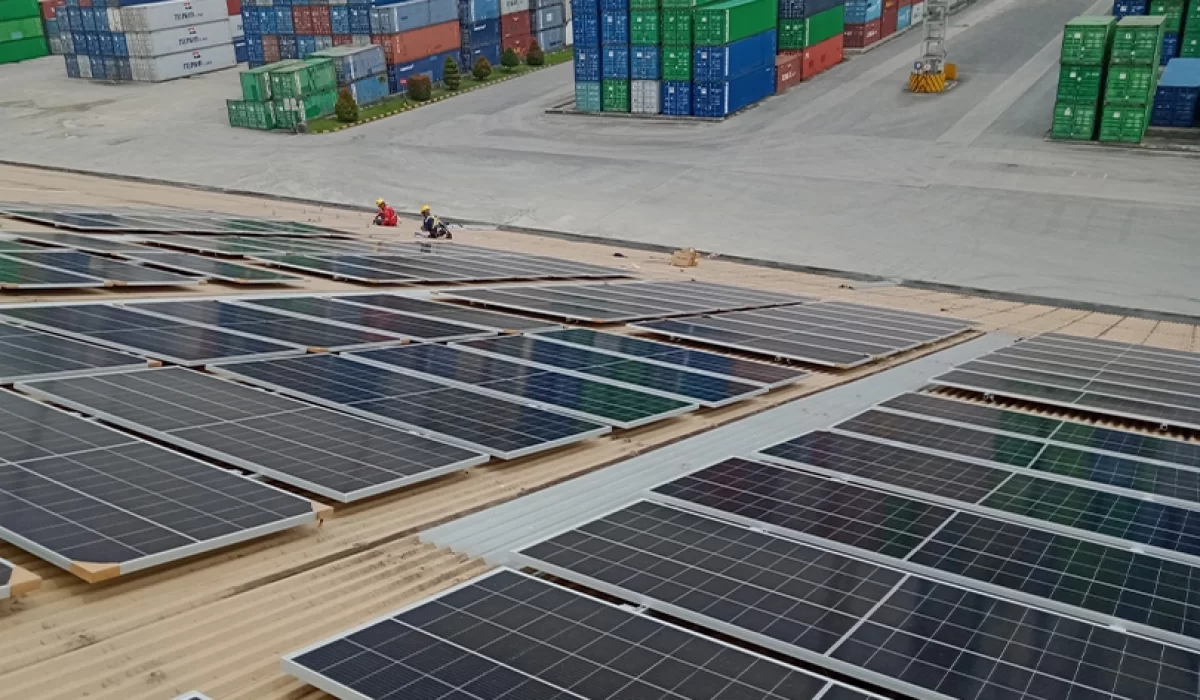Electricity Generation
Power plants are the main source of electricity and heat for most cities and countries. They use various different fuels to generate electricity and steam. The three primary fuels used in power plants are natural gas, coal, and petroleum products.
The fuel used in each power plant is determined by the type of power plant that will be produced. For example, steam turbines require fuels with high heat content such as coal or petroleum products while power generators require fuels with low heat content such as natural gas or nuclear energy.
This means that there are many different types of power plants that use different fuels to generate various types of energy on the network.
Energy vs. Time, Explanation of Power Plant Technology
Energy is the main resource in the modern world. Demand for power is increasing and that is why it is important to find ways to generate more energy.
Energy is usually converted into mechanical, electrical, and thermal forms.
The most common way to generate electricity is through the use of thermal power plants and steam turbines. Wind turbines are another example of power plant technology that relies on wind to generate energy rather than heat.
Wind turbines are used to convert the kinetic energy of wind into mechanical energy that can be used. They can be designed to extract electricity from low-level and intermittent winds, as well as from larger and more energetic winds. Due to their changing nature and generally higher energy, turbines are often paired with generators that convert mechanical energy back into electrical power.
As a result, various types of power plant technologies have been developed. They are designed to use natural resources such as wind, sun, geothermal, hydroelectric power plants, and others. They can be used in various applications such as homes, buildings, factories, and vehicles.
However, these systems cannot reliably, efficiently, and safely produce power.
Currently, the most common type of power plant technology is fossil fuels. Renewable sources such as wind and solar become more efficient and economical over time, but still have significant weaknesses that can be easily overcome by power plants such as nuclear power. The weaknesses of nuclear energy include the possibility of radiation exposure, climate change, and difficulties in starting nuclear power plants.
The main difference between these technologies is how they generate power – some are thermal (heat) while others are electrical (current). Thermal power plant technology is used to convert heat energy into mechanical or chemical work. Power generation technology is used to convert electrical energy into mechanical or chemical work.
In the United States, coal produces about half of the country’s electricity. The other half is produced by burning natural gas in fossil fuel power plants and nuclear energy in nuclear power plants. For the thermal process to be used with this method, heat from the fuel burned must be used to produce steam that turns the turbine in the generator, which produces electricity.
Electricity in the United States is generated by burning coal and natural gas. The United States produces half of its electricity from coal, while the other half is produced from gas and nuclear energy. Heat from these fuels is used to boil water, which turns the turbine in the generator that produces electricity.
There are two types of power plants in the United States. One is transmission and distribution of electricity, which is responsible for delivering electricity to our homes and businesses. The other is power generation, which occurs in power plants across the country where combustion turbines and steam turbines are used to generate electricity.


